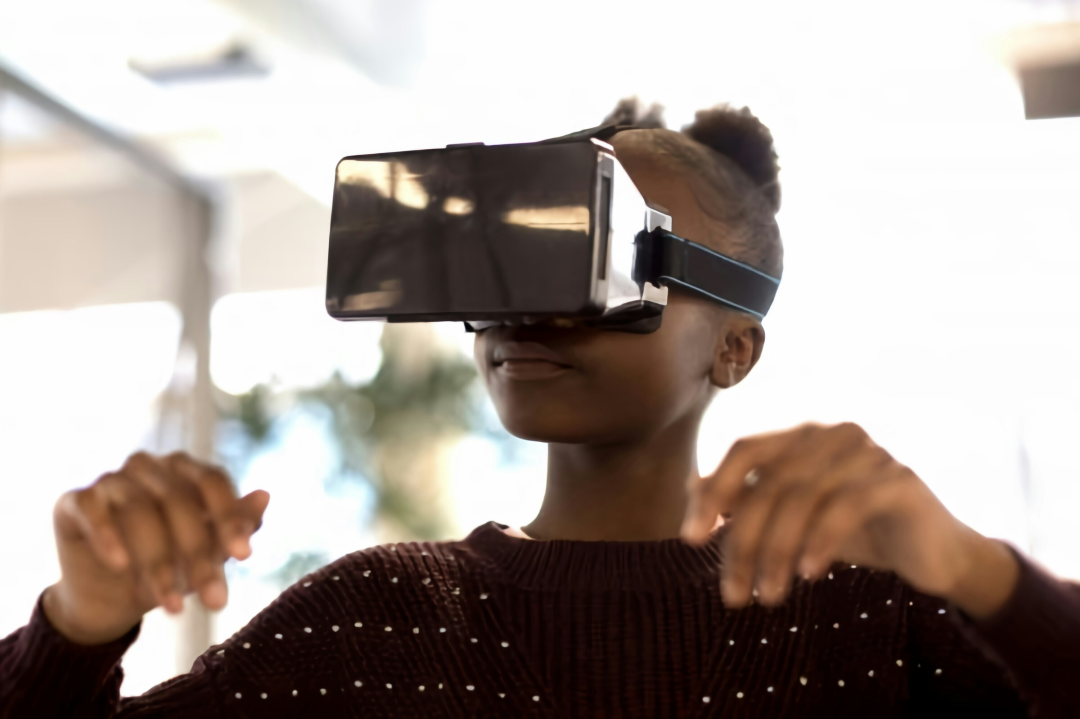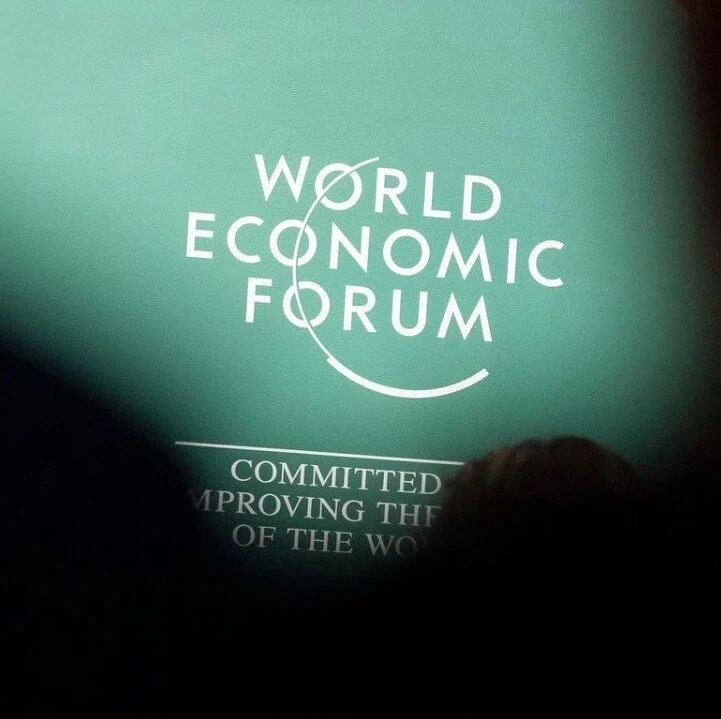To achieve the safe and effective development of the internet, human-centered design is essential.
Image source:Unsplash/UK Black Tech
Matt Price
Accenture Metaverse Initiative Researcher
Anna Schilling
Researcher at the World Economic Forum's Metaverse Initiative
Technological convergence will shape the future of the internet, giving rise to immersive, data-driven mixed-reality experiences—experiences that demand a thoughtful, user-centered design approach known as "human-centered design."
This expands the consideration of user backgrounds, shifts design thinking, fosters a deeper understanding of customers, and simultaneously integrates human perspectives, emotions, and well-being into the technology value chain.
Integrating human perspectives, emotions, and well-being into the technology value chain is an essential consideration for understanding customers—and will help ensure that the internet benefits even more people in the future.
People-centered design is the foundation of responsible innovation. This approach reshapes the lifecycle of technology development, calling on developers, product leaders, and policymakers to jointly commit to fostering innovation that prioritizes ethical and societal values. The initiative’s publication, "Defining and Building the Metaverse," titled "A Shared Commitment in Mixed Reality: Advancing Governance for the Future Internet," elaborates on people-centered design while exploring the technologies currently being developed and deployed.Human-centered design typically focuses on minimizing conflicts between user experience (UX) and user interface (UI) to better meet human needs; meanwhile, people-first design goes beyond conflict reduction—it also integrates human rights and shared values, such as privacy, transparency, and education, into the process.Fostering socially conscious human interactionsHuman-centered design encourages businesses, product leaders, UI/UX designers, and developers to critically examine the inherent trade-offs and decisions embedded in the development of technology products and processes. This approach maximizes opportunities for socially conscious human interactions—meaning that technological design can thoughtfully prioritize and foster ethical, inclusive, and equitable engagement. By carefully identifying needs and understanding the trade-offs required to meet them, we can ensure that technology itself is designed to create a positive impact on society.As Reid Blackman points out in "The Moral Machine," technology designers should carefully consider a range of factors to ensure that individual expectations align with design decisions and business models. For instance, companies may find it highly beneficial to use cookies to track the browsing behavior of potential users as they navigate websites. While this approach can enhance the user experience, the ability to track users often comes at the expense of their privacy.Privacy is fundamental to human-centered design. Additionally, considerations should also include:1. Educational Opportunities:Providing embedded educational content to create space for users to explore their interactions.2. Acquisition mechanism:Design technology that is easy to access and inclusive.- Incorporating a customizable, adjustable interface with assistive technology.
- Broadly integrating cultural, social, and linguistic elements, it reflects individual diversity and fosters meaningful interactions.
3. Governance Practices:Establish a governance model and develop corresponding policies and standards to support the technology design process.4. Unified Execution:Establish a management mechanism for monitoring, tracking, and reviewing interactions, and ensure its consistent implementation.5. Consider the impact:Using data- and hypothesis-driven analysis along with a logic tree, clearly identify the impact of technical design on individuals.Enhance collaboration and governance to embrace people-centered design.To create a human-centered metaverse experience, stakeholders need to collaborate closely to meet the demands of both technical design details and governance expectations. For example:1. User Experience (UX) DesignerFocus on creating intuitive and inclusive interfaces that meet the needs of a diverse user base, including people with disabilities.2. Cultural and Community LeadersHelping people understand social dynamics and cultural sensitivities to make design more inclusive.3. Educators and TrainersDevelop methods and content to enhance digital literacy in the metaverse, fostering both education and personal growth.4. Ethicists and social scientistsPresent key insights into the societal impact of technology, ensuring that design considerations include ethical implications, promote equity, and prevent harm to vulnerable groups.5. Regulators and PolicymakersGuiding adherence to existing and forthcoming regulations, helping address legal challenges, and ensuring the metaverse aligns with global standards on human rights, privacy, security, and data protection.Human-centered design is applicable to the metaverse.As technology continues to converge, human-centered design is essential for a socially, economically, and environmentally sustainable future. This design principle acknowledges that the physical and digital worlds are already merging—and will continue to do so. Consequently, new digital experiences must inherently reflect and respect the human rights, expectations, and established values of the real world.So, what does the fusion of the physical and digital worlds really mean? Imagine your device could bring the digital world directly into your living room. Sitting on the couch, you’d be able to:1. Use augmented reality (AR) glasses to deliver a multi-screen AR experience without the need for physical displays, while simultaneously playing video games and watching live sports events with friends from around the globe.2. Join group chats to interact with friends from the real world and AI-driven digital entities (such as virtual characters on Character.AI), the latter of which can actively enhance and deepen conversations among peers.3. Project Grandma’s digital hologram into the kitchen, and with her guidance, whip up her signature chocolate chip cookies—she’ll even be able to walk around by your side, showing you exactly how to cream together the butter and sugar.This isn’t science fiction. Technologies like augmented reality (AR), virtual reality (VR), and mixed reality (MR)—collectively known as extended reality (XR)—are already making all of this a reality, thanks to their integration with other cutting-edge technologies such as artificial intelligence (AI), 6G, and the Internet of Things (IoT). For instance, Apple Vision Pro supports near-real-time AR and MR experiences, while AI-driven platforms like Character.ai and Replika are pioneering the development of AI-powered chatbot companions.Technological convergence offers a unique opportunity to prioritize and integrate human-centered design at every stage of the technology development lifecycle. This design approach is essential for ensuring that technology delivers positive social, economic, and environmental impacts.To ensure the future of the internetBetter than today—human-centered design must shift from "nice to have" to "essential."To embrace human-centered design in the future internet, we need to strengthen governance, move beyond reliance on specific technology stacks, and deliver on key commitments. The upcoming white paper for the "Defining and Building the Metaverse" initiative, titled "A Shared Commitment in Mixed Reality: Reinventing Governance for the Future Internet," will delve deeper into these ideas.
The above content solely represents the author's personal views.This article is translated from the World Economic Forum's Agenda blog; the Chinese version is for reference purposes only.Feel free to share this on WeChat Moments; please leave a comment below the post if you’d like to republish.
Translated by: Di Chenjing | Edited by: Wang Can
The World Economic Forum is an independent and neutral platform dedicated to bringing together diverse perspectives to discuss critical global, regional, and industry-specific issues.
Follow us on Weibo, WeChat Video Accounts, Douyin, and Xiaohongshu!
"World Economic Forum"





